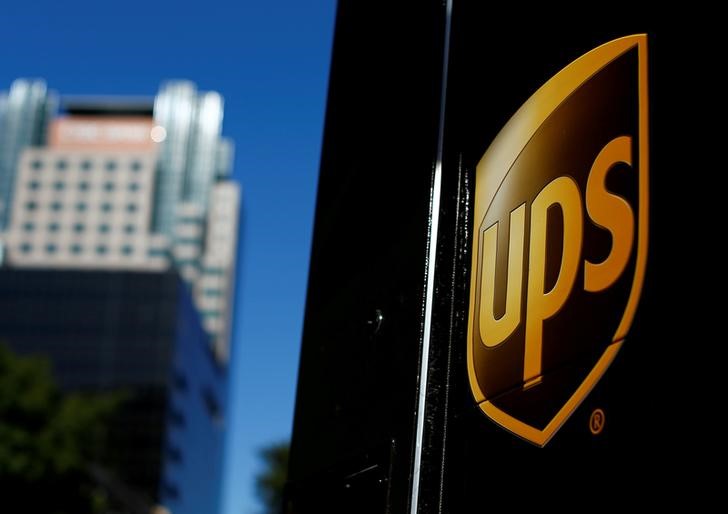Japan records surprise trade deficit in July as exports weaken further
Investing.com -- United Parcel Service reported second-quarter earnings that fell short of analyst expectations on Tuesday, despite posting stronger-than-expected revenue. The package delivery giant’s shares fell 3.6% following the release.
UPS posted adjusted earnings per share of $1.55, missing analyst estimates of $1.57, while revenue came in at $21.2 billion, exceeding the consensus forecast of $20.8 billion. The company’s performance reflects what CEO Carol Tomé described as "a dynamic and evolving trade environment," with mixed results across its business segments.
The U.S. Domestic segment, UPS’s largest division, saw revenue decline 0.8% to $14.1 billion compared to the same period last year, primarily due to an expected drop in volume, though partially offset by increases in air cargo and revenue per piece. Operating margin for the segment was 6.5%, or 7.0% on an adjusted basis.
"Our second quarter results reflect both the complexity of the landscape and the strength of our execution," said Tomé. "We are making meaningful progress on our strategic initiatives, and we’re confident these actions are positioning the company for stronger long-term financial performance and enhanced competitive advantage."
The International segment provided a bright spot with revenue increasing 2.6% to $4.5 billion, driven by a 3.9% rise in average daily volume. However, operating margin declined to 15.0% from 16.4% in the year-ago quarter.
Supply Chain Solutions experienced the steepest revenue decline, falling 18.3% to $2.7 billion, primarily due to the divestiture of Coyote in the third quarter of 2024.
UPS maintained its full-year outlook for capital expenditures of approximately $3.5 billion and confirmed it expects to achieve $3.5 billion in expense reductions through its network reconfiguration and Efficiency Reimagined initiatives. The company has completed its planned $1.0 billion in share repurchases for the year.
UPS also stated that due to "current macro-economic uncertainty," it will not provide specific revenue or operating profit guidance for the full year.
